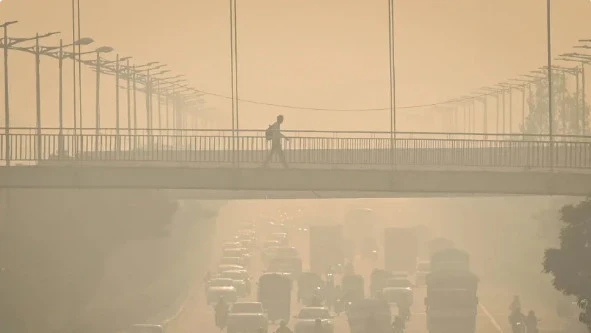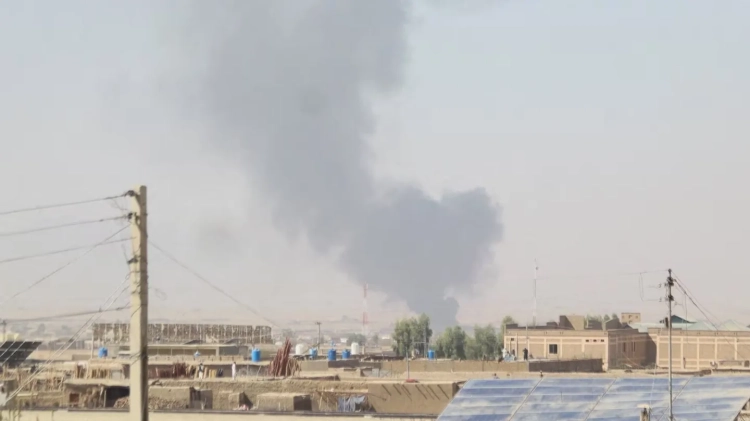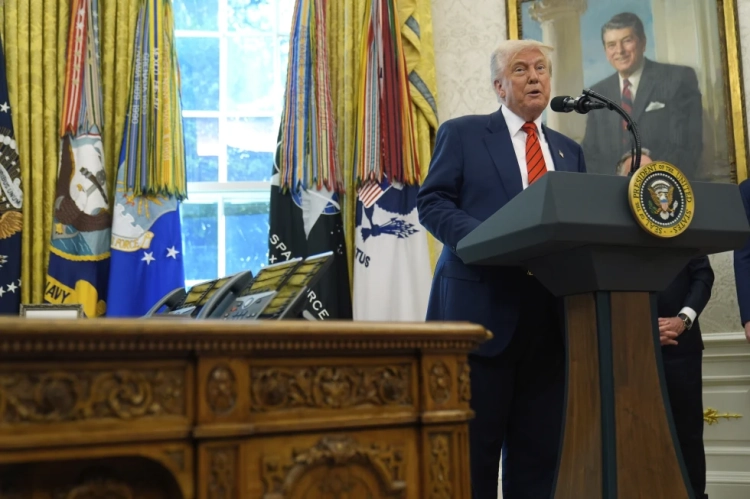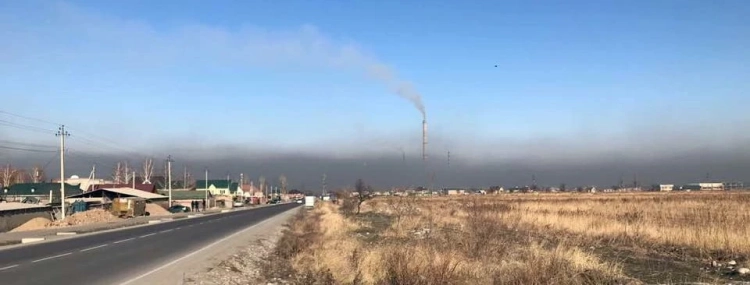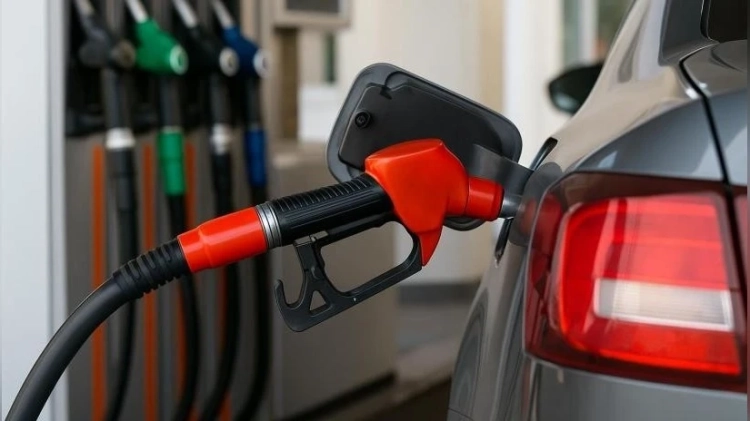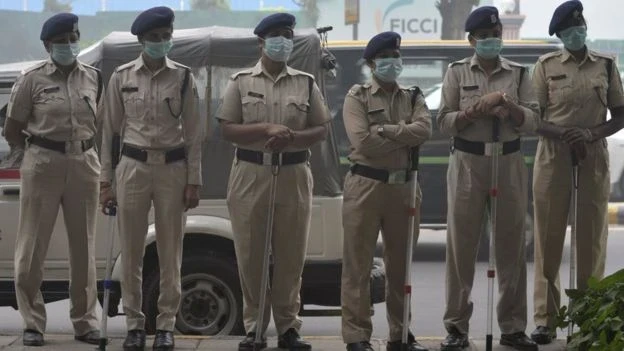
The Indian capital often finds itself on lists of cities with the worst environmental conditions. At the end of October, the level of air pollution reached a threshold considered "hazardous to health." The situation worsened after the Diwali celebrations, during which many people used fireworks and firecrackers.
Rekha Gupta, the Chief Minister of Delhi, announced plans to clean the air using artificial rain technology. The experiment is scheduled for October 28-30, provided the weather conditions are suitable. Gupta noted that the preparatory work for cloud seeding was completed on October 23, and the testing was successful.
According to The Indian Express, a test flight between Kekra and Burari lasted four hours, during which silver iodide and sodium chloride were dispersed using pyrotechnic charges.
Environment Minister Manjinder Singh Sirsa clarified that cloud seeding is impossible in the absence of clouds themselves. He emphasized that it is necessary to wait for the appearance of clouds before seeding can be carried out.
The cloud seeding technology is primarily used to increase precipitation. Special substances promote the condensation of water into larger droplets, which then fall as precipitation. When microscopic particles, such as silver iodide, enter the clouds, they become centers for ice crystallization, allowing water to freeze and form small ice pellets that eventually fall to the ground.

